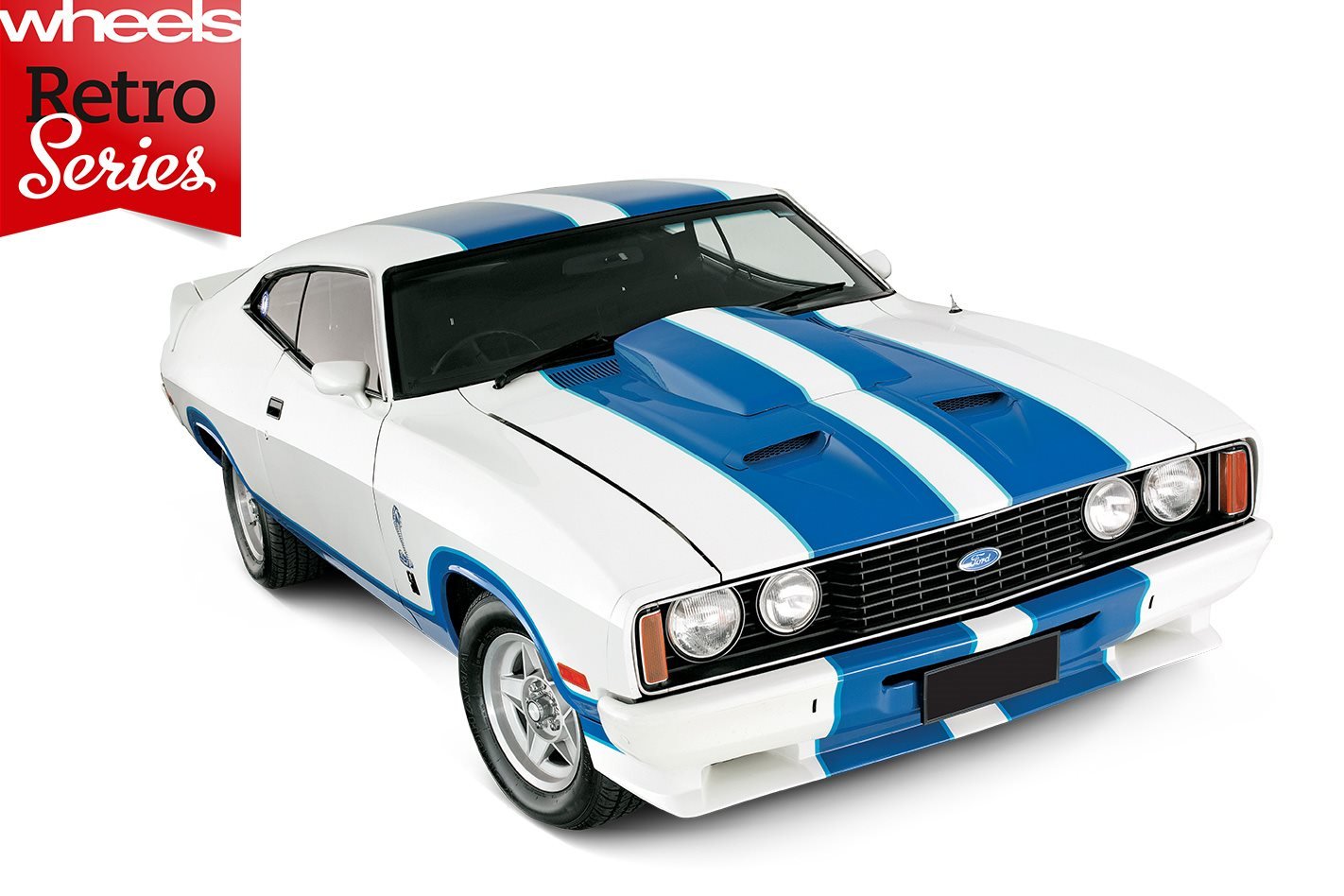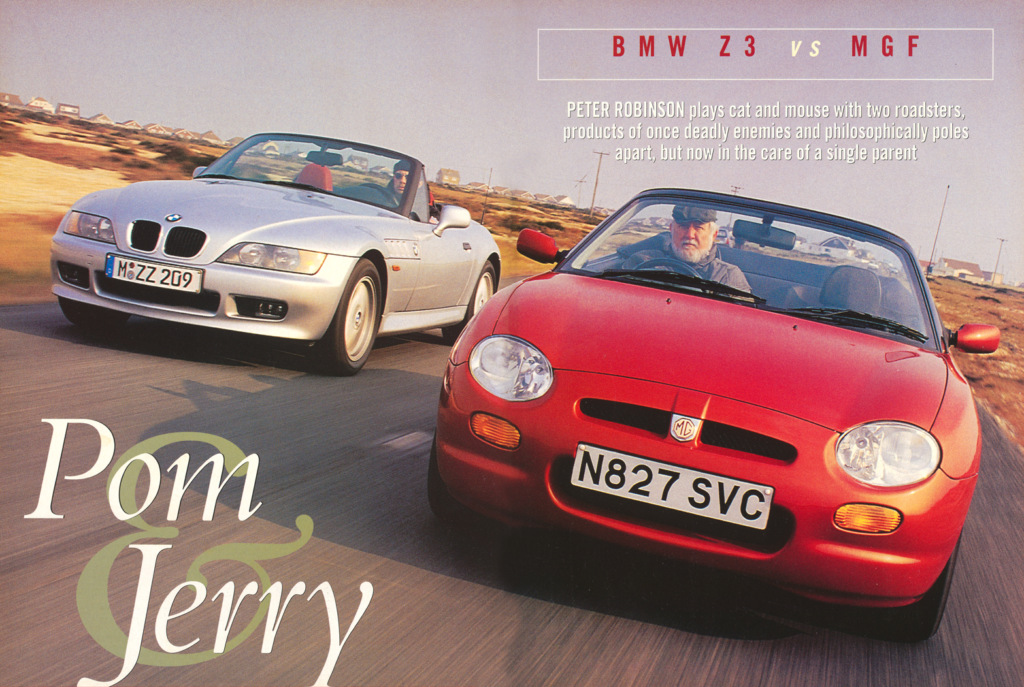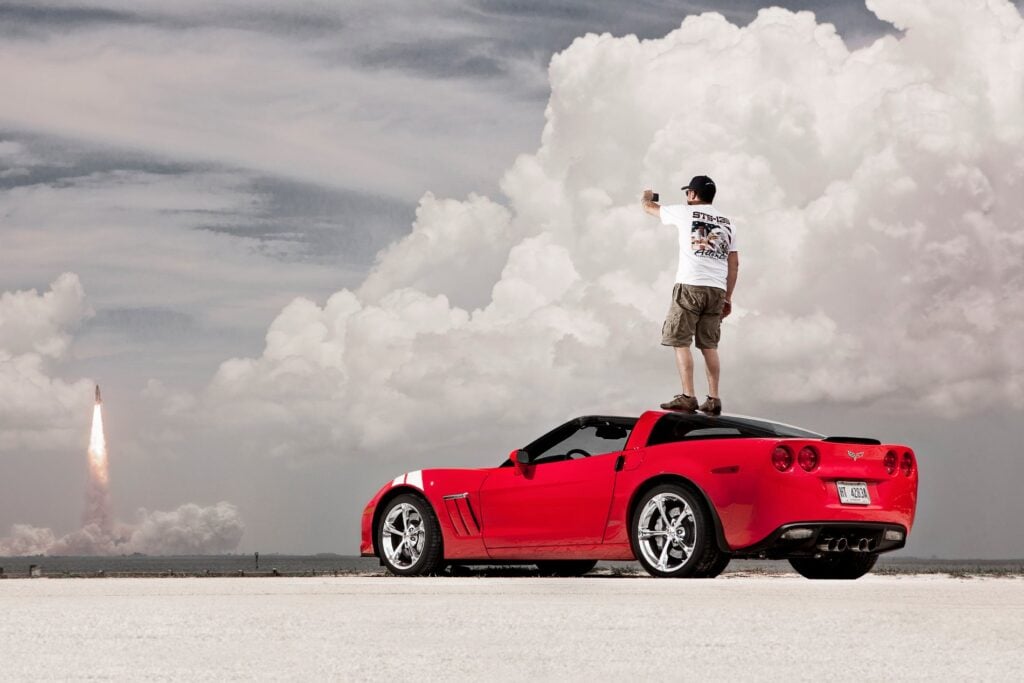Necessity was the mother of Ford’s invention, and a nice little earner.
THE Ford Falcon XA-XC hardtop looms deservedly large in the histories of Ford and Australia. It’s interesting to reflect now, while we’re wringing hands over Australia’s supposed inability to viably produce mainstream fleet-fodder sedans, that the Falcon hardtop is evidence of an era when Australia’s ‘big three’ were all building those, and niche performance coupes as well.
It helped that Ford’s XA-XC Falcon series, with unprecedented local engineering and design (due to Dearborn’s axing of the US Falcon in 1968), was also the most successful Australian Falcon yet. They could therefore prop up the hardtops that, other than as a performance flagship, were a marginal business case.
Despite new ADR27a emissions requirements, the ’76 XC series continued its sales march. But the shock news was there would be no heir to the Ford Falcon GT; the 351 V8 engine would (optionally) crown the more soft-handed Falcon GS hardtop and Fairmont GXL sedan.

In December 1977, Ford had built a batch of 13 ‘Bathurst Evolution’ hardtops, homologation cars for race customers to use in 1978. These provided the seed for a solution.
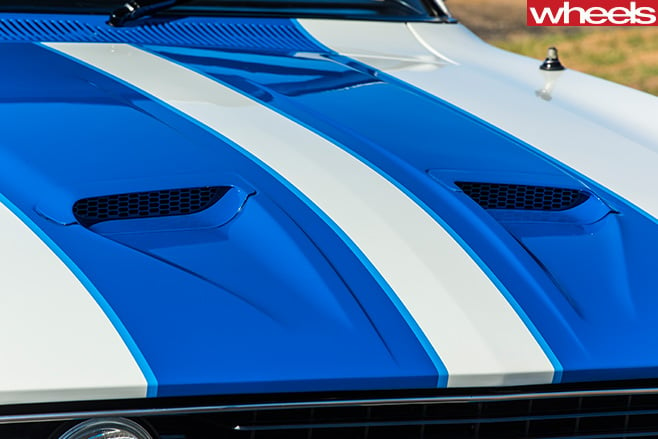
Built over several days in July 1978, the 400 GS500-based Cobras kicked off with 30 351-engined ‘Option 97’ cars – basically using the full homologation kit. Nicknamed Bathurst Cobras, they featured a rear-facing bonnet scoop, front suspension tower braces, reworked rear wheel housings, transmission oil cooling, a larger radiator and twin thermo fans.
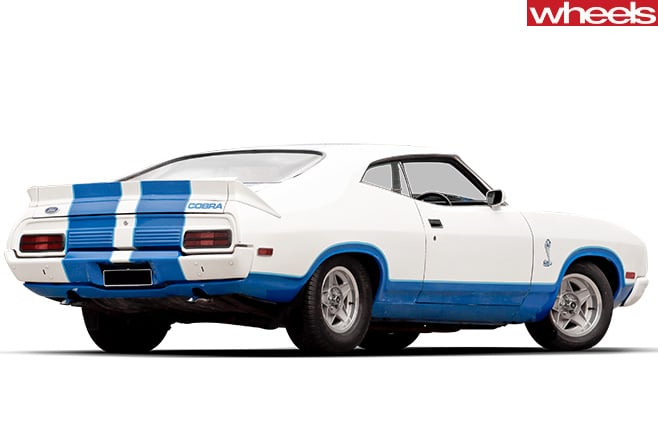
Moffat’s racing Cobras (repainted 1977 cars) were outclassed in 1978, but Ford had a winner. The 400 Cobras went out the door at $9000-$9500 (or $10,333 for the Bathurst versions) – a premium of about $1500 to $2300 over the GS V8s.
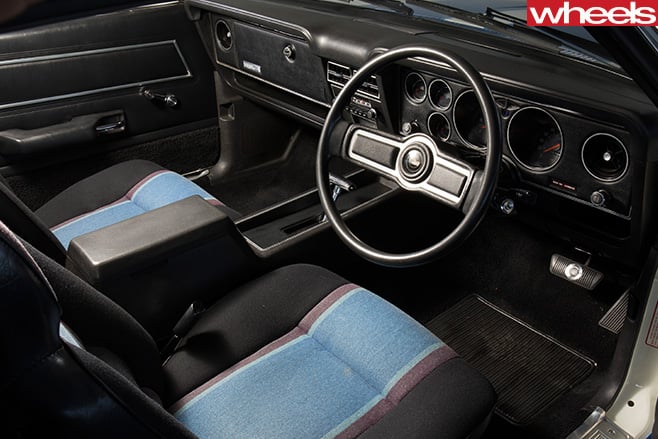
The hardtop was a big beast at 4866mm long, but its 1490kg kerb seems featherweight today. Familiar Falcon front-end featured upper balljoints, wishbones and coils, with semi-elliptic springs on the live-axle rear. LSD, four-wheel discs and 15-inch alloys were standard. Cobras all copped XC’s April ’78 front springs/rear anti-roll bar upgrade for radial tyres.
Only look ahead
Typical hardtop criticism was of the dreadful rear vision, but Cobra customers weren’t of the type to be overtaken often. The driver sat in a reclining bucket seat, with “soft-feel” steering wheel, power windows, tacho and oil pressure gauges. Bathurst versions got Scheel reclining buckets. Gloveboxes carried numbered metal plaques.
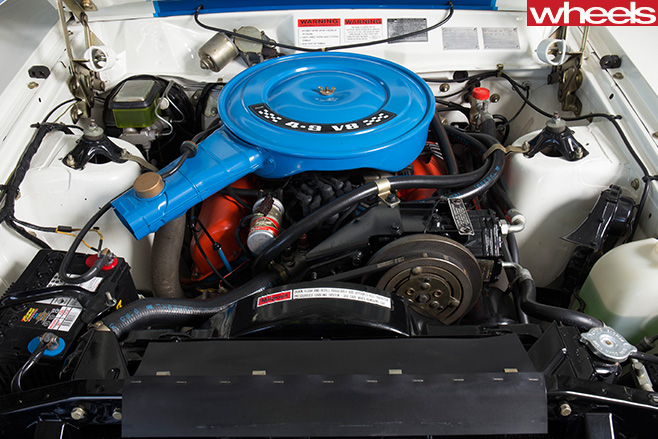
Cobra build comprised 200 5.8-litre Cleveland and 200 4.9-litre Mustang V8 donks, all with dual exhausts. Outputs were stock, post-ADR27a, with the two-barrel-carbed 351 claiming 162kW at 4500rpm (down from 194kW) and 429Nm. The smaller, 2bbl-carb 302 made 151kW at 4600rpm (previously 179kW) and 364Nm. Both were available with four-speed floor manual gearbox or three-speed auto.
Fast & factual
1. Standard discount
Where two-door XAs and XBs had carried a price premium over the four-door sedans, the sales-cratering XC hardtops were cheaper.

A confusing break from the 351/302 engine build sequence was that Cobra #001 (sold to manufacturing boss Ted Gardner’s secretary) had a 302 V8, and #351 had a 351.
3. Oval engineering
The XC½ Falcon, introduced in April 1978, was the first Australian-made Ford to wear the famous Blue Oval badge in its grille.
4. Telltale letters
Moffat’s two 1978 Cobra racers were the actual ’77 Bathurst 1-2 cars; they still carried the XB bonnet lettering.
5. White over blue
Painting a snake ain’t easy; the Cobras were produced in blue, then masked and the Sno White painted over in several layers.

